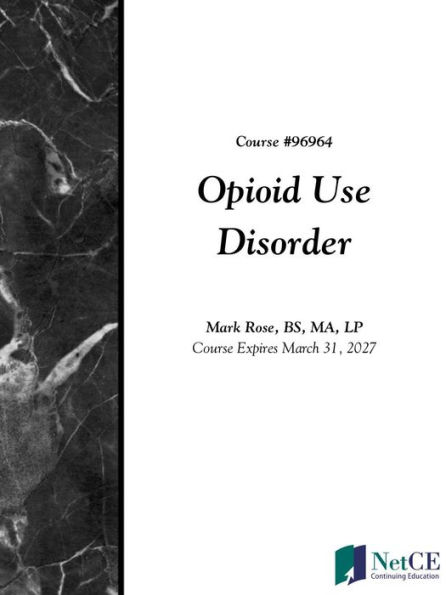Practice guidance for opioid use disorder in primary care has not kept pace with rapid, profound changes in this area, leaving healthcare professionals with outdated and incomplete information to guide the clinical management of opioid use disorder and related morbidity. The purpose of this course is to close this gap to allow healthcare professionals to provide the best, evidence-based care to patients with opioid use disorder. In addition, members of the public may use this course to enhance their personal knowledge of the subject matter presented.
Upon completion of this course, you should be able to:
1. Define key terms associated with opioid abuse and dependence.
2. Outline the background and epidemiology of opioid use and abuse, including risk factors for misuse and dependence.
3. Describe the pharmacology and clinical effects of opioids.
4. Discuss characteristics of specific opioid drugs and opioid antagonists.
5. Review the natural history, pathophysiology, and effects of opioid abuse and dependence.
6. Identify signs and symptoms of opioid overdose and withdrawal.
7. List the issues associated with the abuse of or dependence on legitimately prescribed opioids.
8. Discuss the role of crisis intervention and harm reduction in the management of opioid abuse and dependence.
9. Identify methods of managing the detoxification and withdrawal associated with cessation of opioid abuse or dependence.
10. Discuss therapies used to maintain extended abstinence from opioids, including agonist replacement and abstinence therapies.
11. Identify common psychologic comorbidities present in opioid-dependent patients and implications for treatment.
12. Outline the effects of opioid use on fetuses and neonates and appropriate interventions for opioid-dependent pregnant women.
13. Identify factors associated with favorable/unfavorable treatment outcome.
This 10-hour continuing education course is available for download for professional development; if continuing education credit is desired, please see instructions included in eBook.



